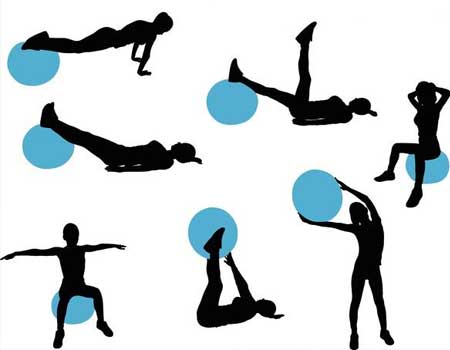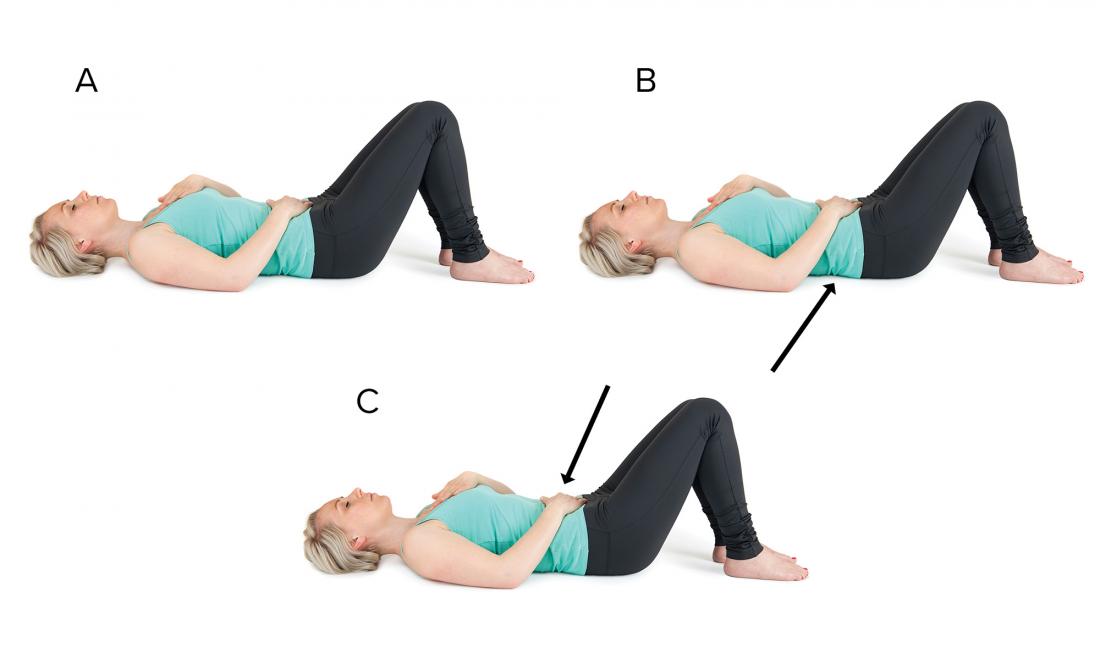
The back includes the upper portion of your body (back) and the thoracic region (thoracic body cavity). The muscles of your back can also be classified into three major groups depending on their anatomical location and function.
The first group includes the Lumbar (lower) muscles. These are the lower muscles of your body, lying underneath the Sacro-Cervical Muscles and Sciatica. These muscles are made up of three parts – the head of the muscle, the cervical group, and thoracic group. Each group is made up of a number of discs between the discs.
The second set consists of the pectoral and psoas muscle groups. It is the middle section of the muscles, located between the lumbar and sacro-cervical muscles. These muscles include the upper and lower trapezius muscles, also called the pectoral muscles. The tensor fascia runs through these muscles.
The latter group consists of the abdominal muscles, including the waist, hips, shoulders, pelvis, and chest. The abdominal muscles include the abdominal muscles, the rectus abdominis muscles, the adductor maximus, the infraspinatus muscle, and the latissimus dorsi muscle. These muscles lie underneath the lower abdomen.
The lumbar region consists of the lumbar or thoracic region and the spine. The lumbar muscles are made up of several discs that are located between the vertebrae. Discs are made up of different muscle fibers – the discs have different types of muscle tubes and fascia that provide strength to each other. The discs are also connected by discs called discs, which are made up of fibrous tissue and nerves.
A muscle group consists of muscles located below the thoracic and lumbar spine. The lumbar muscles are the middle part of the abdominal muscles. They consist of two discs: the discs of the transverse abdominis muscle and the discs of the rectus abdominis muscle. These discs are also connected by fibrous tissue and nerves.
The latter group consists of all muscle groups lying between the lumbar and thoracic regions. Muscles include cervical, pectoral, lumbar, cervical, pectoral, hip, facial, intergluteal, pelvic, and coccygeal muscles. The muscle groups that make up this group are the pectoral muscles. They lie under the muscles of the chest, shoulders, triceps, abdominals, elbows, and forearms.

You can find many different types of back stretching
When trying to stretch your muscles back, it's important to only stretch large muscle groups and not stretch too much. Stretching will strengthen your back by increasing flexibility.
There are different stretches that are recommended for each muscle group. You can find stretches for each of the muscles that are found in your back. You can find some stretches for your hips, shoulders, ribs, and pelvis.
A good way to stretch your abdominal muscles is to lie on your back with your knees bent, feet flat on the floor, and arms at your side. Slowly move your body until your body weight is evenly distributed across your legs. Your back should be flat on the floor and you should feel resistance when you are doing the stretches.
Another stretch for the stomach muscles is to sit straight with your buttocks on the floor and your knees bent. Slowly bend at the hips until your body forms a straight line with the floor. Then slowly lower your head and upper back until your lower back is flat and your knees are almost touching the floor. Repeat this stretch for several repetitions.
To stretch your pelvic muscles, you need to sit up straight and then bend at your hips until you feel resistance. You should feel resistance as you move down until your pelvis is flat on the floor and your thigh is flat on the ground. Repeat this stretch for several repetitions.
Other stretches for the back include: pelvic tilts, lying on your stomach with both legs out at an angle, lying on your back, bending over to one side, or with your knees straight. This stretch will help you stretch your abdominal muscles. If you want to stretch your upper back you can bend at the waist and keep your back flat on the floor and keep the heels on the floor.

